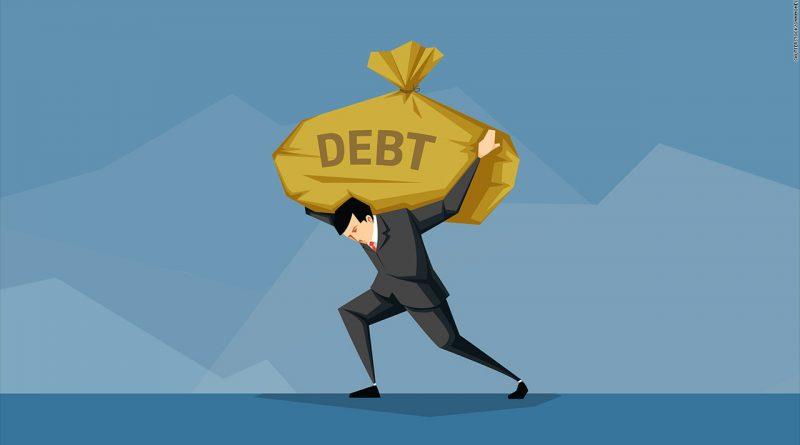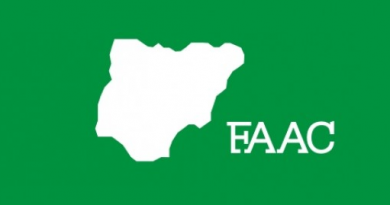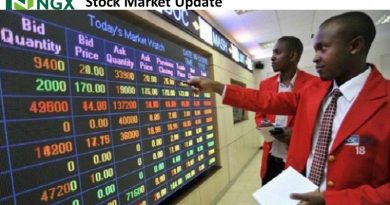Nigeria’s public debt rose by 10.7% to N97.3 trillion as at December 2023
According to the Debt Management Office (DMO) of Nigeria, the total public debt rose by 10.7% quarter-on-quarter or N9.4 trillion to reach N97.3 trillion by the end of December 2023. On a year-on-year basis, the public debt increased by 110.5%. As of the end of December 2023, the public debt accounted for 42.3% of the nominal GDP for 2023. This exceeds the DMO’s target debt-to-GDP ratio of 40% for the period of 2020-2023. However, it is still below the World Bank’s limit of 55% for countries in Nigeria’s peer group. It is worth noting that Nigeria’s debt-to-GDP ratio is relatively low compared to other emerging economies in Africa, such as Ghana (88.8%), Egypt (87.2%), South Africa (72.2%), and Kenya (67%).
In terms of domestic debt, there was a 5.7% quarter-on-quarter increase to N59.1 trillion by the end of December 2023. This increase was observed in FGN bonds (2.5% q/q), NTBs (38.1% q/q), FGN Savings bond (15.5% q/q), and FGN Sukuk (47.1% q/q).
In the first quarter of 2024, the Federal Government of Nigeria (FGN) had a domestic borrowing target of N3.3 trillion through FGN Bonds. However, based on our estimates, approximately N2.5 trillion was raised from cumulative FGN bond issuances, falling short of the target by 23.8%. Nevertheless, this amount represents 41% of the total domestic borrowing target of N6.1 trillion. Other sources of borrowing include net NTB issuances amounting to N5.6 trillion. We believe that the FGN is likely to exceed its initial domestic borrowing target of N6.1 trillion by the end of 2024.
The states and the FCT saw a 1.8% quarterly increase in domestic debt, reaching N5.8trn by the end of December ’23 from N5.7trn in September ’23. Year-on-year, it grew by 9.8%. Lagos (N1.0trn), Delta (N373.4bn), Ogun (N293.6bn), Rivers (N232.5bn), Cross-River (N220.2bn), and Imo (N217.1bn) are among the most indebted states. The domestic debt stock makes up 67% of the total public debt.
On the other hand, external debt rose by 19.5% quarterly to N38.2trn (USD42.5bn) by the end of December ’23, compared to N31.9trn (USD41.5bn) in September ’23. Multilateral lenders like the World Bank, IMF, AFDB, and bilateral lenders such as China, France, Japan, India, and Germany collectively contributed to 63.8% of the total external debt, while commercial loans (Eurobonds) and syndicated loans made up 36.2%. Overall, external debt accounts for 43% (N38.2trn or USD42.4bn) of the total public debt.
With regards to debt servicing, the debt-service-to-revenue ratio was recorded at 67.4% as of end-September ’23, surpassing the anticipated 60% for FY2023. According to a different report from the federal ministry of finance, the debt-service-to-revenue ratio is forecasted to be 42% in 2024. It is anticipated that debt servicing expenses will remain high due to the increasing interest rates in the local market and additional borrowing to cover the FGN budget deficit.
In terms of debt sustainability, the IMF has classified Nigeria as having a moderate risk of sovereign stress based on their recent debt sustainability analysis, mainly due to the low external debt-to-GDP ratio (16.6%) and a significant portion of debts maturing in the long term. However, there is a concern that the FGN might not achieve its revenue targets, as the IMF has suggested a potential return of subsidy on PMS, which could cost the FGN approximately 0.9% of GDP in 2024, potentially impacting debt sustainability negatively. Coronation Economic Note by Coronation Merchant Bank




